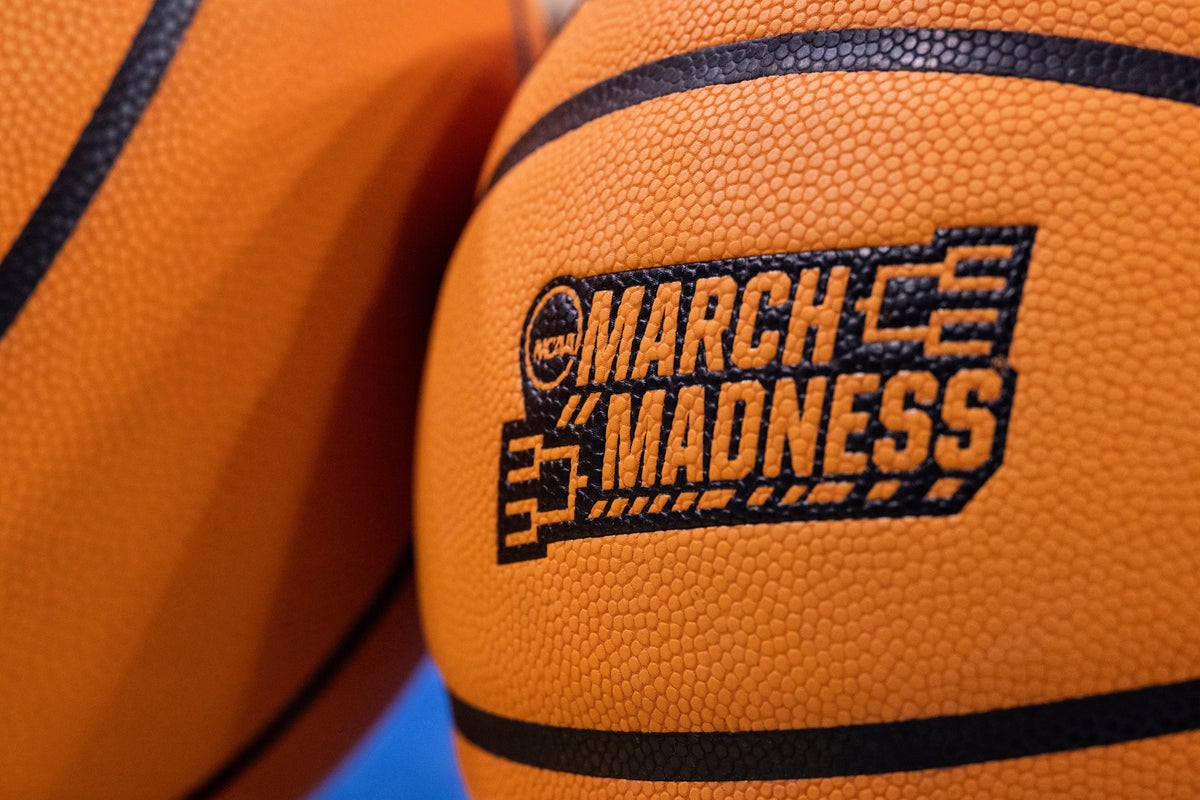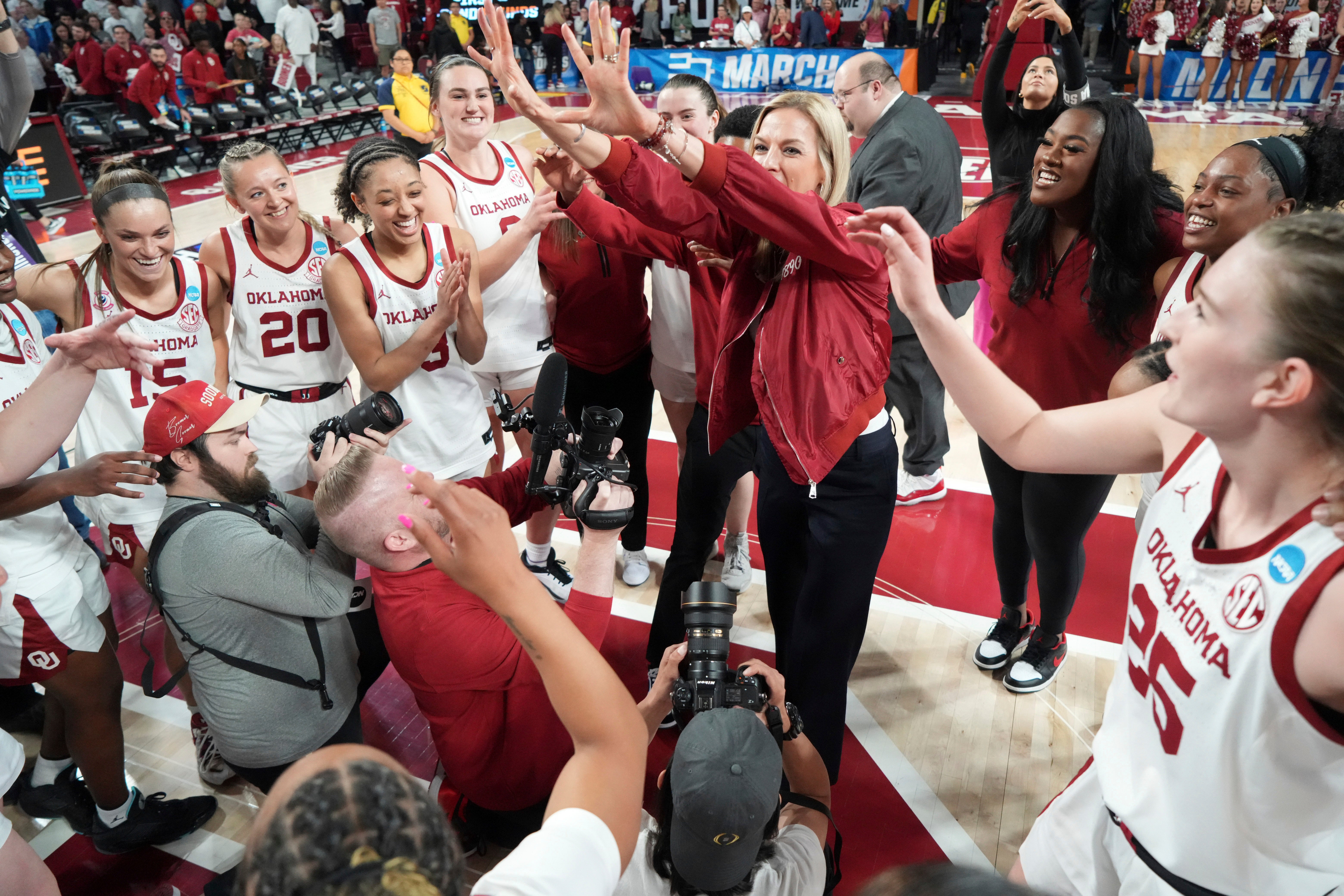
March Madness: The perfect bracket is over— why it’s a nearly impossible feat
As someone painfully oblivious to the world of college sports, my first March Madness bracket at age 18 was chosen with little thought.
I mostly just copied whatever my friends in the sports analytics department were doing and steered clear of any Syracuse University enemies advancing just out of spite. Despite watching college basketball and March Madness for five straight years now, my bracket hasn’t improved at all.
Every year the NCCA selects 68 Division 1 College basketball teams to participate in a single-elimination tournament throughout the month of March, with the men’s and women’s tournaments held simultaneously. And millions of people attempt to guess exactly how all those teams will play in 63 games, until there’s one final winner.
With such a high number of predictions being made there are bound to be mistakes, but exactly how difficult can it be to create a bracket that is 100 percent accurate? According to math professors, it’s almost impossible.
A math professor at Furman University in South Carolina, John Harris, told The Independent that a total of 25 million brackets were created on a popular site this year which is still “less than one billionth of a percent” of the total possible bracket combinations.
“For each of these 63 games, there are two possible outcomes, and this means that there are a total of two raised to the 63rd power possible ways the tournament can play out,” he said. “This amounts to around 9.2 quintillion possible brackets, which is two quintillion greater than the estimated number of grains of sand on all of Earth’s beaches and deserts.”
According to the NCAA, no one has ever been able to create a bracket with every single game being predicted correctly. Even this year, brackets remained perfect until number three Kentucky topped number six Illinois in the second round on game 43 on March 23 — the best run since 2019.
Tim Chartier, a math and computer science professor at Davidson College, agreed it’s near impossible to create the perfect bracket. “If you could create one billion brackets per second and never repeat a previously created bracket, it would take 300 years to create all of them,” he told The Independent.
In theory, if the seed ranks are taken away and all 64 teams are evenly matched, making a March Madness bracket could be as simple as flipping a coin 63 times, meaning you would have a 50 percent chance of picking the winning team.
However, Chartier said that historically people are 70 percent correct with their game predictions which drops the odds from one in nine quintillion to one in 5.7 billion.
Automatic spots are given to the winners of 32 postseason conference tournaments, which are played in the week before March Madness. The other 36 are selected on what is called Selection Sunday when a 10-member committee meets up to decide which schools to invite based on various criteria such as how the team performed statistically and the quality of their wins.
The committee ranks the teams from 1 to 68, called a seed. Prior to March Madness’s first round, the First Four takes place, which is when the four lowest automatic seeds compete against the four lowest committee-selected teams.
Brackets don’t begin until after these games take place and only four out of the eight teams remain. After the First Four, there are six rounds: the first and second rounds, the Sweet 16, the Elite Eight, the Final Four, and the title game.
In total, there are 63 games played with each one needing to be listed as having a winner. Most brackets also require the person to answer a tie-breaker question predicting what the final score of the championship game will be.
Everyone has their own method of how they fill out their bracket whether that be following my original method of avenging my alma mater’s prior losses or picking the highest-ranked team until the very end. There’s also the method of trying to predict the “upsets” or when a lower-ranked team is able to beat a high-ranked team. I’ve even seen one person flip a coin for each game. These people all have one goal in mind — to create the perfect bracket.

And even with the seeds, there are a lot of cases where it could be safe to assume that a number one seed will be a 12 seed. But you never know when one team ends up having a bad day and the team’s chance of winning — and many people’s brackets — falls apart.
“There are some games when one team has a VERY good chance of beating the other team,” Harris said. “While games like this are pretty easy to predict, there are still enough games where the outcome is less certain — and this keeps the chances of guessing everything correctly very small.”
As for how these academics go about creating their brackets knowing the numbers behind them, it’s honestly not any different than the average college basketball watcher.
Harris said he normally does pick teams that are favored to win, but “sprinkles in” a few of his upsets. “Like everyone else, I start the tournament with the same hopes that this will be the year I will get everything right,” he said. “Not surprisingly, it hasn’t hit for me yet.”










